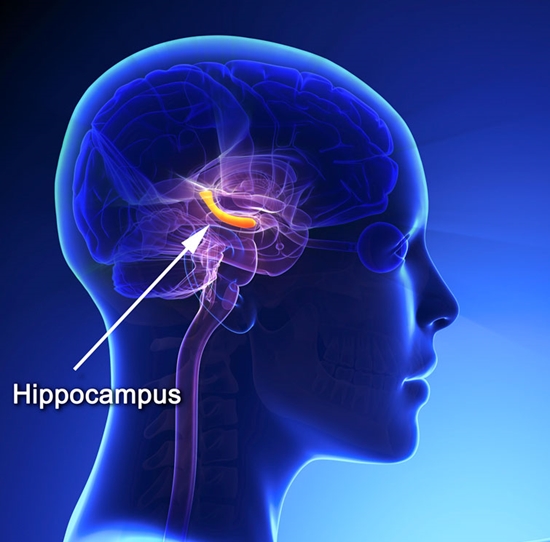Even Old Brains Can Make New Neurons, Study Finds
In research published today in the journal Cell Stem Cell, scientists at Columbia University Vagelos College of Physicians and Surgeons present the most definitive evidence to date that the human brain makes new neurons throughout life.

In research published today in the journal Cell Stem Cell, scientists at Columbia University Vagelos College of Physicians and Surgeons present the most definitive evidence to date that the human brain makes new neurons throughout life.
Previous studies of animal brains have led many neuroscientists to conclude that the capacity for neurogenesis, or the production of new neurons, declines with age and virtually ceases in the mature brain. “In mice, researchers have shown that neurogenesis drops pretty dramatically after middle age,” said the study’s lead author Maura Boldrini, MD, PhD, a research scientist in psychiatry and a member of the Columbia Stem Cell Initiative. A recent study of human brains was also unable to find new neurons in adult brains.
The brain’s hippocampus, which is responsible for memory and learning, has been a major focus of studies on neurogenesis and stem cell biology. Although neuroimaging studies of humans show that continued growth in this structure occurs in adulthood, many scientists have argued that this represents existing neurons growing larger, or an expansion of blood vessels or other internal support structures, rather than the addition of new neurons. To address the question, investigators dissected and examined a representative sample of human hippocampi from healthy people of different ages after they died.
Unique brain bank at Columbia was essential to study
Scientists at Columbia were able to pursue this research by setting up a brain bank and collecting postmortem and extensive clinical information on the donors, said J. John Mann, MD, the Paul Janssen Professor of Translational Neuroscience in Columbia’s Department of Psychiatry and senior author on the new paper.
After Mann and his colleagues collected a deceased donor’s brain, they obtained all of the donor’s relevant medical records and conducted a “psychological autopsy.” Using interviews with friends and family members, the researchers determined whether the subject might have had a neurological or psychiatric disorder at the time of death. The resulting collection of brains has become a unique resource for neuroscience, allowing investigators to perform detailed studies on human brains representing the whole spectrum of life, health, and disease.
In this new work, Boldrini and Mann’s team used a combination of molecular probes and mathematical modeling to track neurogenesis in brains from 28 healthy donors ranging in age from 14 to 79 years old. Based on the prevailing view in the field, they expected to see neurogenesis decline with age. It didn’t.
“It does appear to be the case that neurogenesis in the hippocampus is remarkably preserved in human beings,” said Mann.
Though the brain bank was essential to the study, the researchers also had to develop rigorous methods to quantify the neurogenic potential of each hippocampus. Counting and analyzing all of the cells is impractical; the human hippocampus is much too large. Instead, Boldrini used mathematical models to extrapolate from smaller sections, yielding an estimate of the numbers of different types of cells and the distribution of specific protein markers in the whole hippocampus.
“We found there were on the order of thousands of neuroprogenitor cells and immature neurons both in the youngest and the oldest people analyzed,” said Boldrini.
However, the analysis revealed that the older brains had less vascular development, and the neurons in older hippocampi expressed lower levels of proteins associated with plasticity, or the formation of new neural connections.
The results point to a new model of brain aging, in which older brains retain the ability to make new neurons but may become less able to form new connections between them and keep them supplied with oxygen.
“It is possible that the changes we see in the older brains are related to some cognitive-emotional changes that occur with aging,” Boldrini said, “and exercise, diet, and medications may help, but future studies are needed to investigate these ideas.”
Now the researchers hope to explore the underlying mechanisms for the changes they found in older brains using stem-cell culture techniques in collaboration with the Columbia University Stem Cell Initiative. “With these techniques, we should be able to understand better how new neurons mature and how that could be manipulated,” said Boldrini.
Link: Nature


ارسال به دوستان